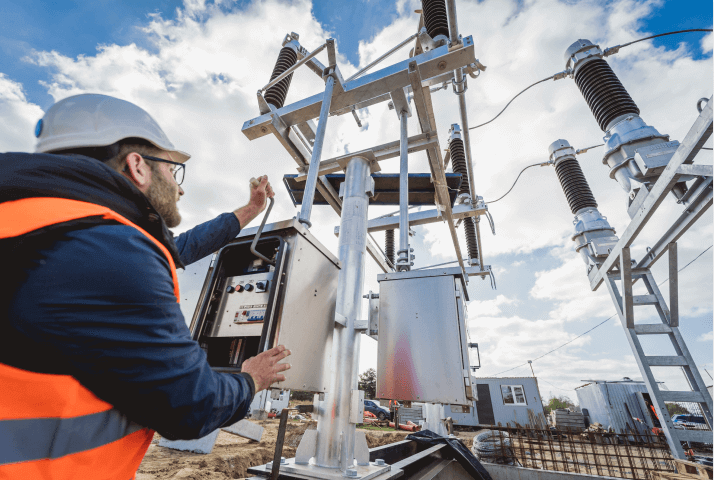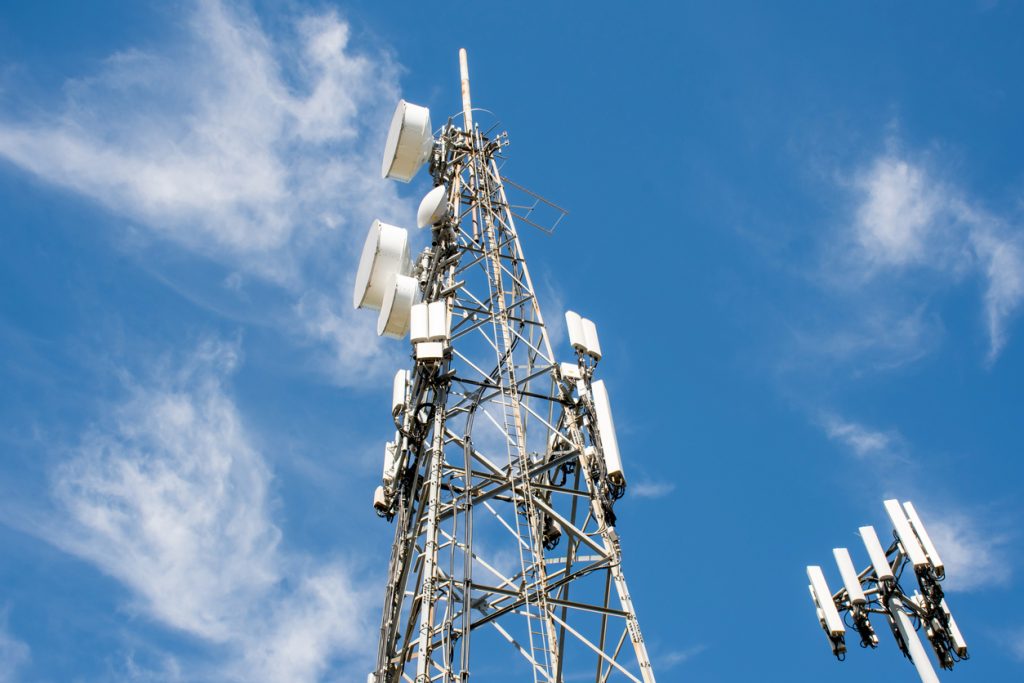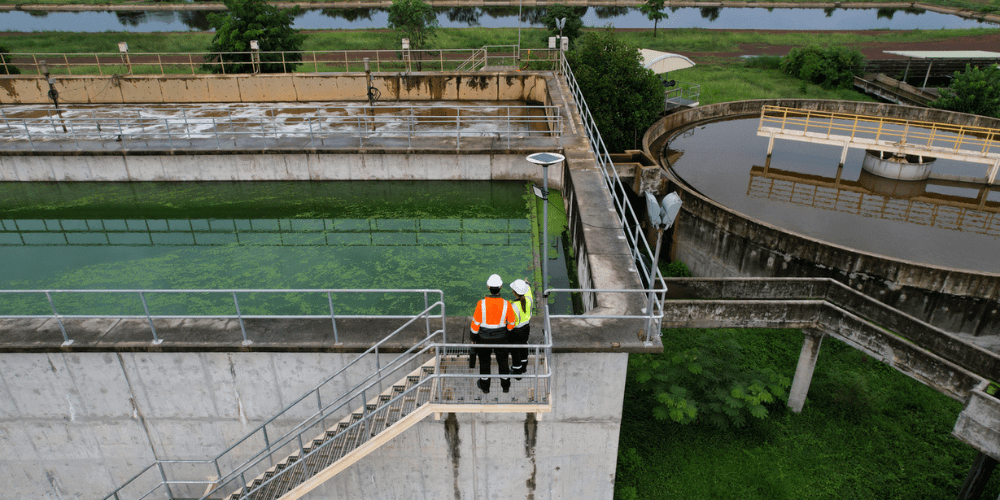You’ve completed your First Aid at Work course. You’re confident in responding to emergencies. But on your first day on a utility site, you’re stopped at the gate — you don’t have a valid SHEA Passport.
This scenario happens more often than you might think. While First Aid at Work (FAW) and the Safety, Health and Environmental Awareness (SHEA) Passport are separate qualifications, many roles require both. Without them, you could face delays, lose work, or miss out on contracts entirely.
This guide explains the difference between FAW and SHEA, when you need each, and why holding both can make you more employable and site-ready.
What Is First Aid at Work?
First Aid at Work is an HSE-approved qualification that equips you with the skills to handle medical emergencies at work. It’s required if you are a designated first aider in your workplace, and it ensures you can respond effectively until professional help arrives.
Typical FAW course content includes:
- Assessing incidents and ensuring scene safety
- CPR and using an AED (defibrillator)
- Treating injuries such as severe bleeding, burns, and fractures
- Managing medical conditions such as shock, choking, and heart attack
The qualification lasts three years before renewal. You can complete this through our First Aid at Work and AED Training, which meets HSE guidelines and includes practical hands-on sessions.

What Is a SHEA Passport?
The SHEA Passport is issued by the Energy & Utility Skills Register (EUSR) and demonstrates you understand safety, health, and environmental responsibilities within your sector. It’s a common requirement for entry to utility sites.
There are several sector-specific SHEA passports:
- SHEA Gas Passport – for gas network operatives and engineers
- SHEA Power – for those working on electrical networks
- SHEA Water – for water treatment, supply, and drainage roles
- SHEA Telecoms – for fibre and broadband infrastructure projects
- SHEA Waste and Resources Management – for waste handling and recycling
- SHEA Cross Country Pipelines – for long-distance fuel and gas pipeline work
A SHEA Passport is valid for five years and focuses on hazard awareness, environmental protection, and sector-specific regulations.
First Aid at Work vs SHEA Passport – Key Differences
| Feature | First Aid at Work | SHEA Passport |
| Purpose | Respond to medical emergencies | Demonstrate industry safety & environmental knowledge |
| Required By | HSE regulations for appointed first aiders | Utility site access rules |
| Validity | 3 years | 5 years |
| Focus | Life-saving interventions | Safe work practices and hazard prevention |
| Assessment | Practical skills & written test | Multiple-choice knowledge test |
| Renewal | Full or refresher course | Full renewal course |
When You Might Need Both
You’re likely to need both FAW and a SHEA Passport if:
- You work on utility sites – Most utility operators require SHEA for site access and first aid coverage under HSE rules.
- You’re a site supervisor or team leader – Multiple qualifications reduce reliance on additional subcontractors.
- You work in high-risk or remote areas – Quick first aid can make a life-saving difference.
- You move between sectors – A contractor with a SHEA Core can work across multiple utilities while maintaining FAW compliance.
Compliance Checklist: Are You Fully Covered?
Before you start work, check the following:
- Do you have a valid SHEA Passport for your sector?
- Is your First Aid at Work certificate in date?
- Does your role require both under company policy?
- Have you checked site-specific requirements before arrival?
Failing even one of these checks could delay your start or stop you from working altogether.
Industry and Legal Considerations
- HSE First Aid Law – Employers must comply with the Health and Safety (First-Aid) Regulations 1981 by providing adequate and appropriate first aid equipment, facilities, and trained personnel.
- Utility Site Entry Rules – A sector-specific SHEA Passport is often non-negotiable for gaining site access.
- Employer Policy – Many companies set higher internal safety standards than the legal minimum.
How to Get Certified in Both
- Book Your FAW Course – Choose an HSE-approved provider such as our First Aid at Work and AED Training.
- Complete Your SHEA Passport Training – Select your sector: gas, power, water, telecoms, waste, or cross-country pipelines.
- Plan Ahead – If your start date is close, schedule both courses back-to-back to avoid project delays.
Benefits of Holding Both Qualifications
- Increased employability – More roles become available across multiple sectors.
- Improved on-site safety – You can prevent incidents through awareness and respond if they happen.
- Employer cost savings – Less need to hire additional personnel for compliance.
- Professional credibility – Demonstrates commitment to safety and operational excellence.
Secure Your Compliance Before You Start
Holding both First Aid at Work and the right SHEA Passport makes you site-ready, compliant, and more valuable to employers. In many roles, this combination isn’t just helpful, it’s essential.
Don’t risk delays or lost contracts. Book your First Aid at Work training and SHEA Passport course today so you can step onto site fully prepared.
Related Articles
First Aid at Work vs Emergency First Aid: Which Training Do You Need?




